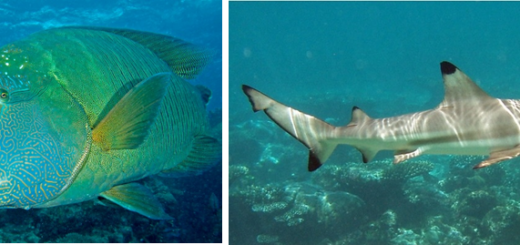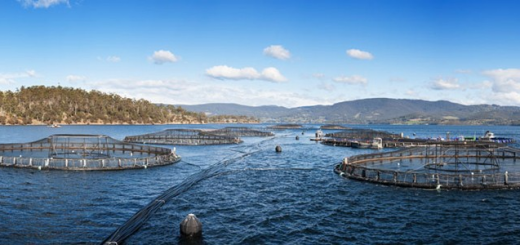Time for reflection: Does stream restoration work?
If at first you don’t succeed, try, try again. For decades, we have tried to improve stream health, but rarely reflect on whether our efforts were successful! Looking back is a crucial step to understand what works, and at what cost.
Many Pacific salmon (Oncorhynchus spp.) are listed under the Endangered Species Act to protect against multiple stressors affecting their habitats. Washington State’s Salmon Recovery Funding Board has funded mitigation efforts totaling over $500 million since 1999. They developed the Reach-Scale Effectiveness Monitoring Program to quantify the success and cost-effectiveness of different methods to help prioritize future projects (O’Neal et al. 2016).
Sixty-five projects were evaluated, spanning 6 stream restoration techniques. Fish passage projects helped fish reach habitats above a barrier. Instream habitat projects added trees to provide cover for fish and create pools. Riparian planting involved adding vegetation to the stream bank to prevent erosion. Livestock exclusion also aimed to prevent bank erosion by building fences to keep cows from walking through the stream. Floodplain enhancement projects planted beside streams to create layers of vegetation on the ground, an understory of small shrubs, and a large canopy, which all contribute to the health of the stream by providing share and sources of food. Finally, habitat protection projects focused on specific locations that are uniquely important for the whole system.
A programmatic approach evaluated long-term, large-scale efforts using consistent sampling design. For each project (except unique habitat protection areas), a control reach was sampled nearby the impact reach (where the restoration was to take place) as a direct comparison of local conditions without the added restoration effort. Physical and biological indices were quantified the year before restoration, and for 8 or more years afterward.
Fish passage projects were successful 44% of the time with increases in juvenile coho salmon (Oncorhynchus kisutch) and combined juvenile salmonids densities, but they did not detect changes in densities of spawning adults or the number of salmon nests. No effect was seen for 33% of the projects, and 24% decreased densities due to declines in fish populations throughout the watershed. Success depended on fish densities before restoration, and so initial densities should be a main criterion when prioritizing projects.
Instream habitat projects found that structures were stable, with 90% remaining in place after 5 years. These efforts increased pool area and depth, but this did not translate into improved biological health via fish densities.
Riparian planting projects improved woody species cover, and had sprouting plants spreading beyond the initial planting effort. However, this did not measurably affect bank erosion rates. Bank erosion was decreased in livestock exclusion projects, but only 64% of these projects were still effective after 5 years due to fence failure or lack of enforcement. When enforced, livestock exclusion was a relatively cheap way to improve stream health.
Floodplain enhancement projects showed the greatest improvements with increased canopy density, channel width, and juvenile coho salmon density, but at a relatively high financial cost.
Habitat protection projects often had initial assessments of the biological communities showing fair to good health, but declined after 8 years due to changing water temperatures, the spread of invasive species, and declining fish numbers throughout the watershed.
The authors stressed the importance of sampling before any activities. Sampling two years or more before restoration efforts could have decreased variability greatly so that any potential changes due to the restoration effort could be more easily detected.
Stream restoration activities can require intensive effort and financial support, but when effective at improving fish habitat, it is well worth it.
Reference
O’Neal, J.S., Roni, P., Crawford, B., Ritchie, A., and Shelly, A. 2016. Comparing stream restoration project effectiveness using a programmatic evaluation of salmonid habitat and fish response. North American Journal of Fisheries Management, 36(3): 681-703.



